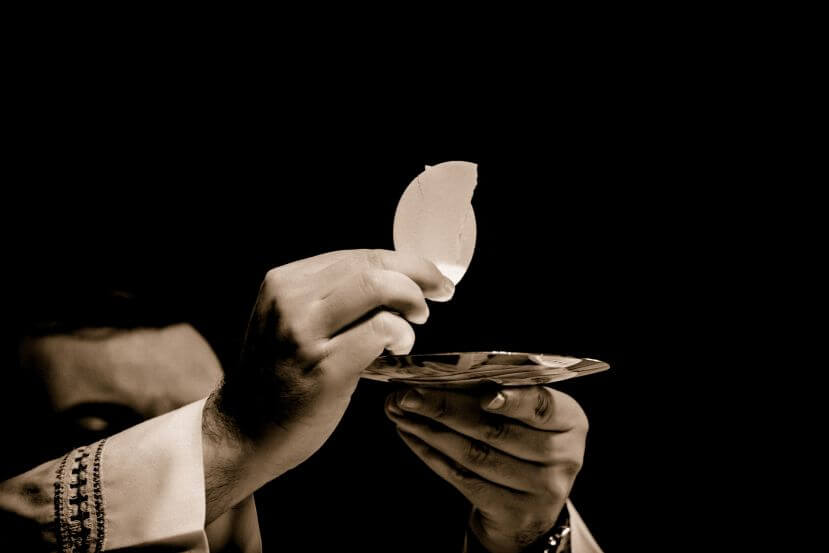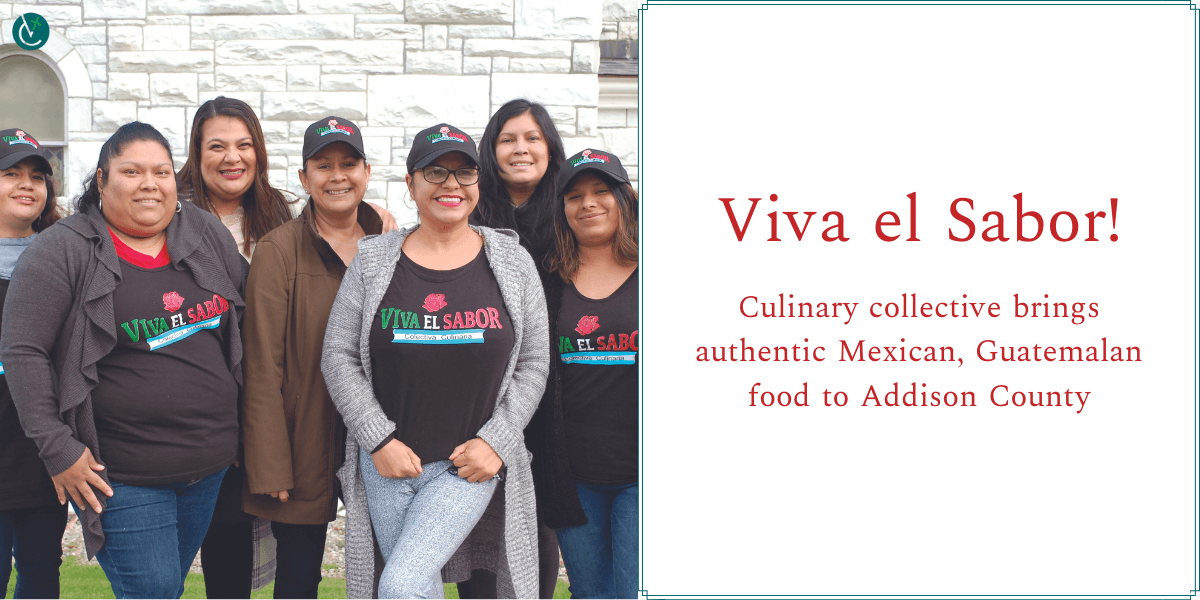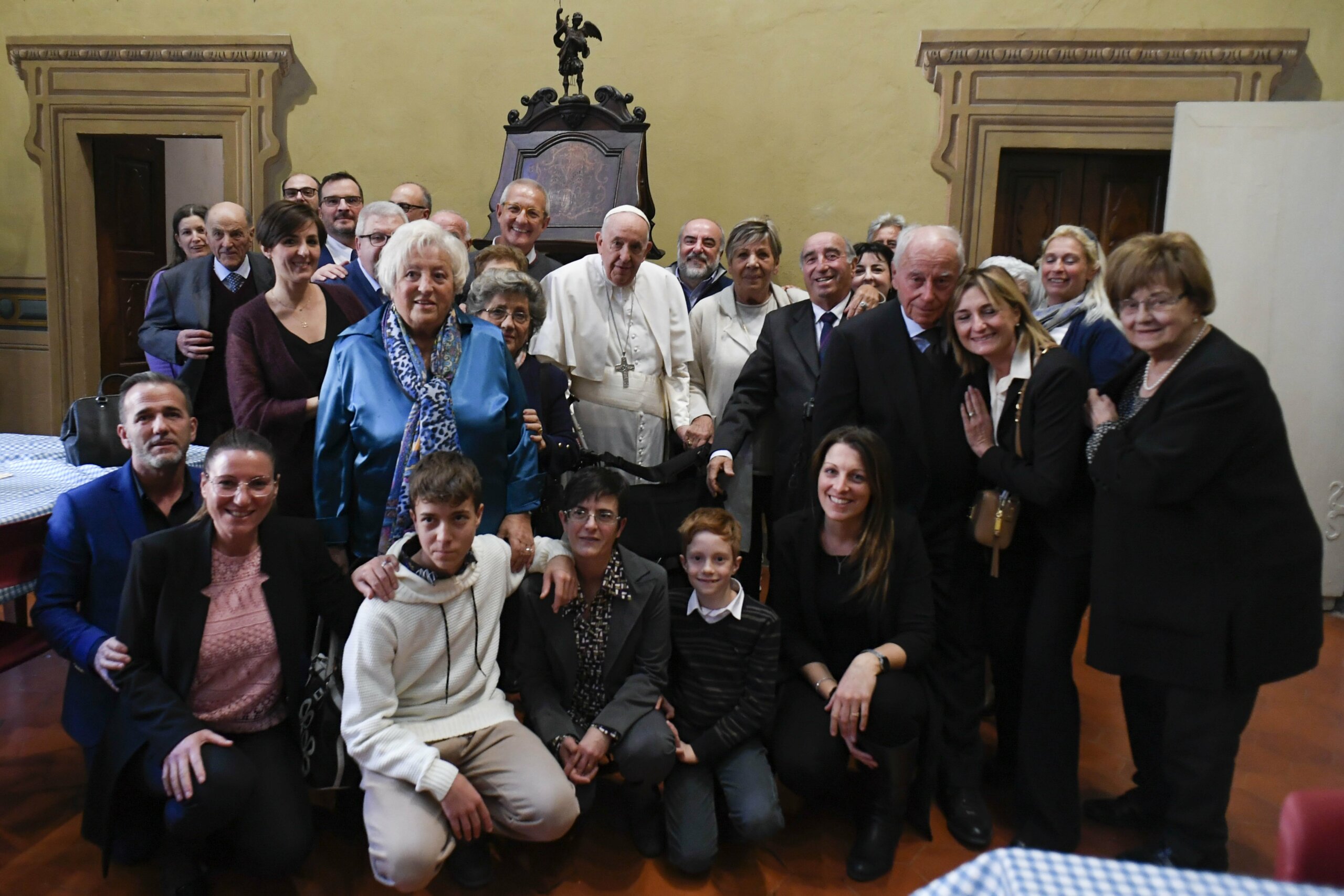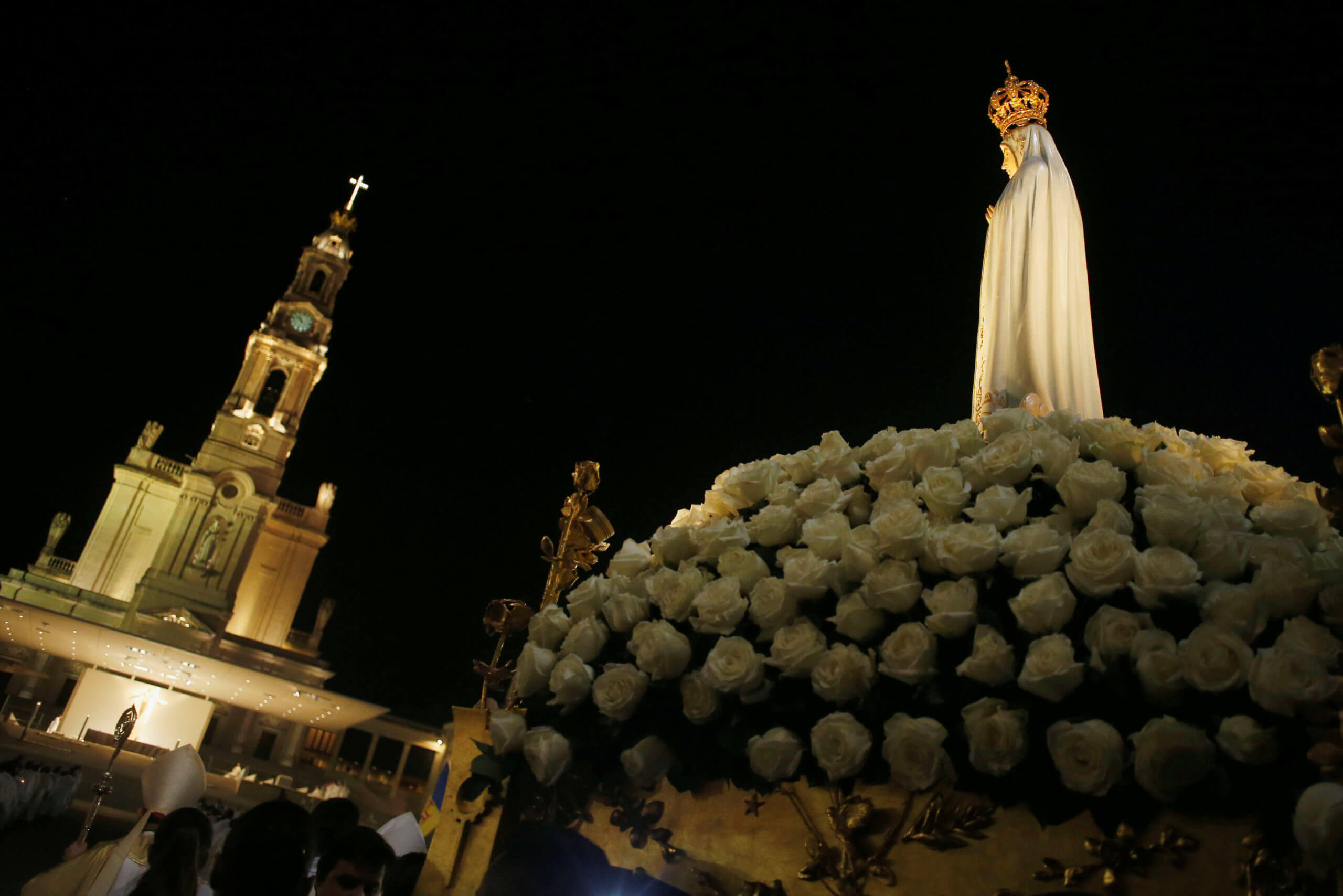
The first time I had a thought about a vocation I was a child. My sisters and I would play Mass in our home. Always on the search for the perfectly rounded Lay’s potato chip for the host, we enjoyed the idea of bringing something so sacred into something so familiar.
National Vocation Awareness Week begins Nov. 5 and continues throughout the week as a way to teach and encourage our young people about the gift and variety of different vocations in the Church. This week we celebrate two aspects of Vocation in the Church: the Universal and the Primary. The universal call from God to each and every one of us is that we conform our lives to that of God’s Son, Jesus. Through our communion with Him we are sanctified, meaning we are made saints. The primary, or what is commonly referred to as “the big V vocation” in one’s life, is how we live that universal call to holiness.
By Baptism we are consecrated to God, set apart for God’s purposes. As God’s life in us is strengthened by confirmation and nourished by the Eucharist and Reconciliation, we prayerfully begin to discern our state in life: ordained life, consecrated life or the life of the laity.
In the ordained state of life, a man may hear the Lord calling him to serve the Church as a deacon, priest or bishop. Each of these offices has particular graces and particular responsibilities for the building up of God’s holy people.
If someone is drawn to consecrated life, he or she may consider several different ways that God may be calling: as a consecrated virgin living in the world; to apostolic religious life (sister or friar); as a member of a secular institute or a contemplative institute; as a diocesan hermit; or as part of a monastic community as a monk or a nun.
In the lay state, a person discerns between married life and dedicated single life.
Although the focus of this week in our parishes and schools may highlight one vocation or another, the goal is to help raise awareness about the various possibilities within the Church for persons to explore how the Lord is asking them to make a gift of their lives and a gift of their love to others.
Together, let us build a culture of vocations where our youth are inspired by the idea of the sacred coming close to them and in which the guiding principle for their lives becomes this prayer of their hearts, “God, help me to want what you want for my life.”
Check out a video featuring the priests of the Roman Catholic Diocese of Burlington responding to the question, “What do you love most about being a priest?”
For more information and resources on National Vocation Awareness Week, visit: Vianney Vocations and the U.S. Conference o Catholic Bishops.
———————
Father Jon Schnobrich is the director of vocations for the Diocese of Burlington.
This article was first published in the Nov. 4-10, 2017, issue of The Inland See bulletin.





